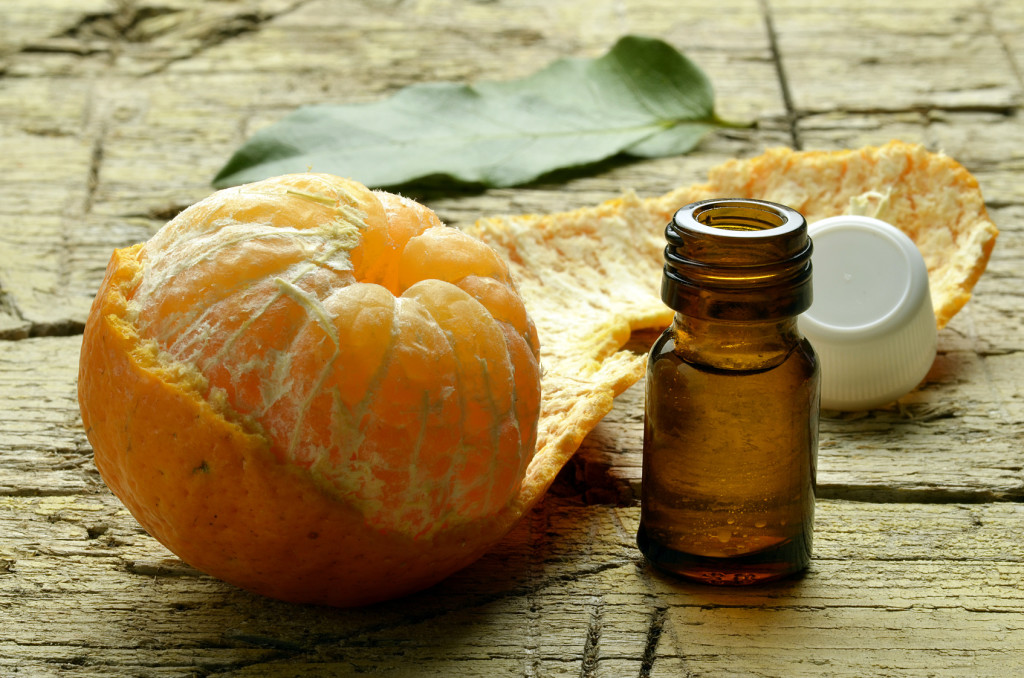Pharmacy compounding is the art and science of preparing customized medications for patients. Modern technology, innovative techniques, and research have allowed more pharmacists to customize medications to meet specific patient needs. Today, an estimated one percent of all prescriptions are compounded daily by pharmacists working closely with physicians and patients.
There are several reasons why pharmacists compound prescription medications. The most important one is what the medical community calls “patient non-compliance.” Many patients are allergic to preservatives or dyes, or are sensitive to standard drug strengths. With a physician’s consent, a compounding pharmacist can change the strength of a medication, alter its form to make it easier for the patient to ingest, or add flavor to it to make it more palatable. The pharmacist can also prepare the medication using several unique delivery systems, such as a sublingual troche (lozenge), transdermal gel, suppository or for those patients who are having a difficult time swallowing a capsule a compounding pharmacist can make a suspension instead.
Almost any kind. Compounded prescriptions are ideal for any patient requiring unique dosages and/or delivery devices. Compounding applications can include: Natural Hormone Replacement Therapy, Veterinary, Ophthalmic, Dental, Dermatology, Chronic Pain Management, Sports Medicine, Infertility, and Podiatry.
Compounding may or may not cost more than a conventional medication. Its cost depends on the type of dosage form and equipment required, plus the time spent researching and preparing the medication. Fortunately, compounding pharmacists have access to pure-grade quality chemicals which dramatically lower overall costs and allow them to be very competitive with commercially manufactured products.
Compounding has been part of healthcare since the origins of pharmacy, and is used widely today in all areas of the industry, from hospitals to nuclear medicine. Over the last decade, compounding’s resurgence has largely benefited from advances in technology, quality control and research methodology. The Food and Drug Administration has stated that compounded prescriptions are both ethical and legal as long as they are prescribed by a licensed practitioner for a specific patient and compounded by a licensed pharmacy. In addition, compounding is regulated by state boards of pharmacy.
In every field of medicine, there are some patients who don’t respond to traditional methods of treatment. Sometimes they need medicine at strengths that are not manufactured by drug companies. Sometimes they simply need a different method of ingesting a medication. Pharmaceutical compounding meets these needs. It provides a way for doctors and compounding pharmacists to customize an individual prescription for the specific needs of their patient.
Compounding is inherent on pharmacy practice. It is the birthright of the profession. The practice of preparing medications dates back to biblical times.
In modern times, the roles and responsibilities of pharmacists have coincided with the industrial revolution and the changes in health care. In the 1930’s and 1940’s, approximately 60 percent of all medications dispensed were compounded. During the 1950’s and 1960’s, with the advent of manufacturing, compounded weaned. Pharmacists were thankful for the opportunity to fill prescriptions premade from the manufacturers. It was during this time that the role of the pharmacists went from that of a compounder, preparing medications from scratch, to that of a dispenser of the manufactured dosage form. Pharmacists refer to their dispensing duties as, “counting, pouring, licking and sticking.”
In the 1980’s, 1990’s, and now, physicians and patients are again realizing the benefits of individualized or unique dosage forms for specific patient needs.
No other health care professional has studied chemical compatibilities and can prepare dosage forms. Even when modern scientific technologies have produced new chemical entities, the ability of the pharmacist to combine one or more chemicals into a new preparation or process the existing dosage form into one that is better suited to the patient’s needs, has remained the domain of the pharmacist.
Because every patient differs and has different needs, a compounding pharmacy will always have an essential practice of the profession.
“Twenty-five years from now, technology will have propelled pharmacists back to the future of compounding and personalized care.” Jerome Halperin, executive director, United States Pharmacopoeial Convention, Inc.
The basis of the profession of pharmacy has always been the patient-physician-pharmacist relationship. Through this relationship, patient needs are determined and decisions are made about treatment regimen that may include a compounded medication. There are a number of reasons to compound medications, including but not limited to:
Medications That Are Not Commercially Available
Manufacturers must be assured that there will be a return on their investment when entering the market place with a drug product. Therefore, there are limited chemical forms, dosage forms, strengths, flavors and packaging that are available for the physician to prescribe and the pharmacist to dispense. Compounding allows the physician to prescribe a custom-tailored medication that is not available commercially.
Medications that Are Not Stable
Pharmacists prepare small quantities of the prescription more frequently to ensure stability of the product for its intended use.
Altered Commercially Available Medications
Physicians prescribe a commercially available medication in a different dosage form to meet a specific patient need and ensure patient compliance. For example, a patient may be allergic to a preservative or dye in a manufactured product, the compounding pharmacist can prepare a dye-free or preservative-free dosage form. Some patients have difficulty swallowing a capsule and require a troche or lozenge. Many pediatric patients are non-compliant because their medications are bitter, but become compliant when the medication is flavored to their liking.
Pharmacy schools teach students to compound, and state boards of pharmacy test, license and regulate this tradition of the practice of the profession. Recently, the National Association of Boards of Pharmacy have distributed “Good Compounding Practices Applicable to State Licensed Pharmacies” and the United States Pharmacopoeial Convention, Inc. has drafted “Pharmacy Compounding Practices.” Furthermore, legislation has been passed in Congress that was created to not only protect this essential practice of the profession but to also clarify the pharmacist’s right and responsibility to continue to meet patient needs through the compounding of medication.









